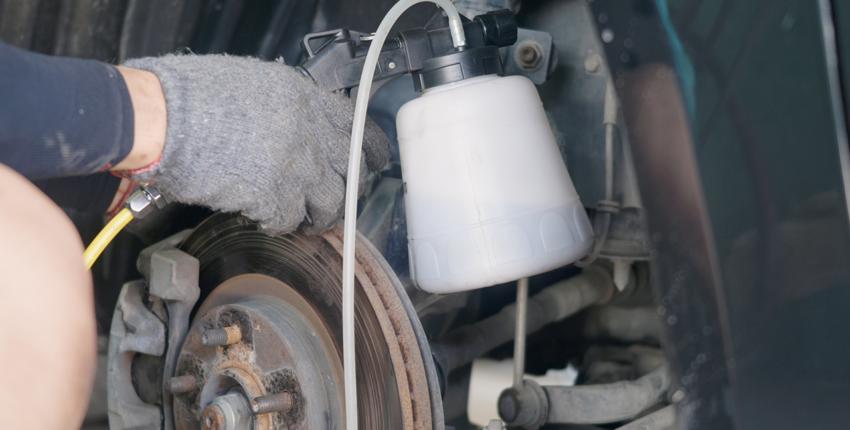Your vehicle’s brake system is its most critical safety feature, and brake fluid is the lifeblood that ensures it functions correctly. But how can you tell when your car or truck needs a brake fluid refill? Let’s dive into the signs and symptoms of low brake fluid and what you should do about it.
What Does Brake Fluid Do?
Before we get into the warning signs, it’s essential to understand the role of brake fluid in your vehicle. Brake fluid is a hydraulic fluid that transfers the force from your brake pedal to the brake calipers, which then squeeze the brake pads against the rotors to slow down or stop your vehicle. Without sufficient brake fluid, this process can be compromised, leading to reduced braking efficiency or even brake failure.
Signs You Need Brake Fluid
Yes, it is relatively common to hear some noise after installing new brake pads, especially during the break-in period. Here’s why:
- Spongy or Soft Brake Pedal: If you notice that your brake pedal feels spongy or goes down further than usual before engaging the brakes, it could be a sign of low brake fluid. This happens because air gets into the brake lines when the fluid level is too low.
- Longer Stopping Distances: When your brake fluid is low, your brakes may not respond as quickly, leading to longer stopping distances. This can be dangerous, especially in emergencies.
- Brake Warning Light: Most modern vehicles are equipped with a brake warning light on the dashboard. If this light comes on, it’s a clear indicator that there might be an issue with your brake system, including low brake fluid.
- Noisy Brakes: If you hear unusual noises like squealing or grinding when you apply the brakes, it might be due to insufficient brake fluid. These noises can also indicate worn brake pads, so it’s essential to check both.
- Leaking Fluid: Brake fluid leaks are a common cause of low fluid levels. You might notice a puddle under your vehicle, usually near the wheels. Brake fluid is typically clear to yellowish and has a slightly oily texture.
- ABS Issues: If your Anti-lock Braking System (ABS) warning light is on, it could be related to low brake fluid. The ABS relies on proper fluid levels to function correctly.
How to Check Your Brake Fluid
Checking your brake fluid is a simple task you can do at home. Here’s how:
- Locate the Brake Fluid Reservoir: It’s usually found near the back of the engine bay, on the driver’s side. The reservoir is often marked with a “Brake Fluid” label.
- Check the Fluid Level: The reservoir has minimum and maximum level markers. Ensure the fluid is between these lines. If it’s below the minimum, you need a refill.
- Inspect the Fluid Condition: Brake fluid should be clear or slightly yellowish. If it’s dark or cloudy, it might be time for a brake fluid flush.
What to Do If Your Brake Fluid Is Low
If you find that your brake fluid is low, follow these steps:
- Top Off the Brake Fluid: Use the recommended brake fluid for your vehicle, which you can find in your owner’s manual. Add fluid until it reaches the maximum level.
- Check for Leaks: If your brake fluid is significantly low, inspect for leaks around the wheels and under the vehicle. If you find any, have them repaired immediately.
- Bring it to Bockmans: Even if topping off the fluid seems to solve the issue, it’s a good idea to have a professional technician inspect your brake system. They can check for underlying problems that might have caused the low fluid level.
Keeping your brake fluid at the proper level is crucial for your safety on the road. By paying attention to the signs of low brake fluid and checking it regularly, you can ensure your brakes perform at their best. If you’re ever in doubt, don’t hesitate to bring your vehicle to Bockman’s Auto, Truck & Tire. Our experienced technicians can perform a thorough inspection and top off your brake fluid, ensuring you drive away with confidence.
Got questions or need a brake fluid check? Visit us today or contact us for top-notch service and peace of mind.

